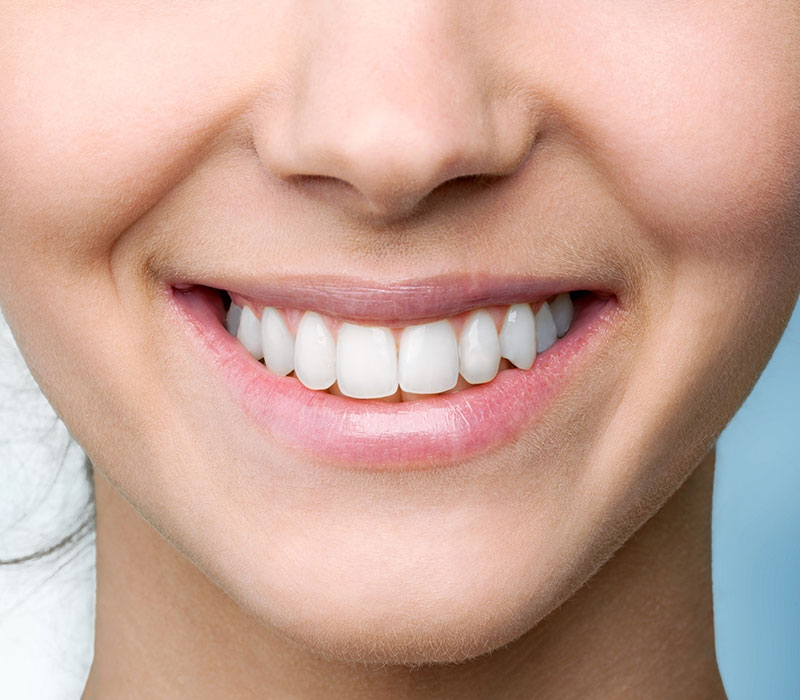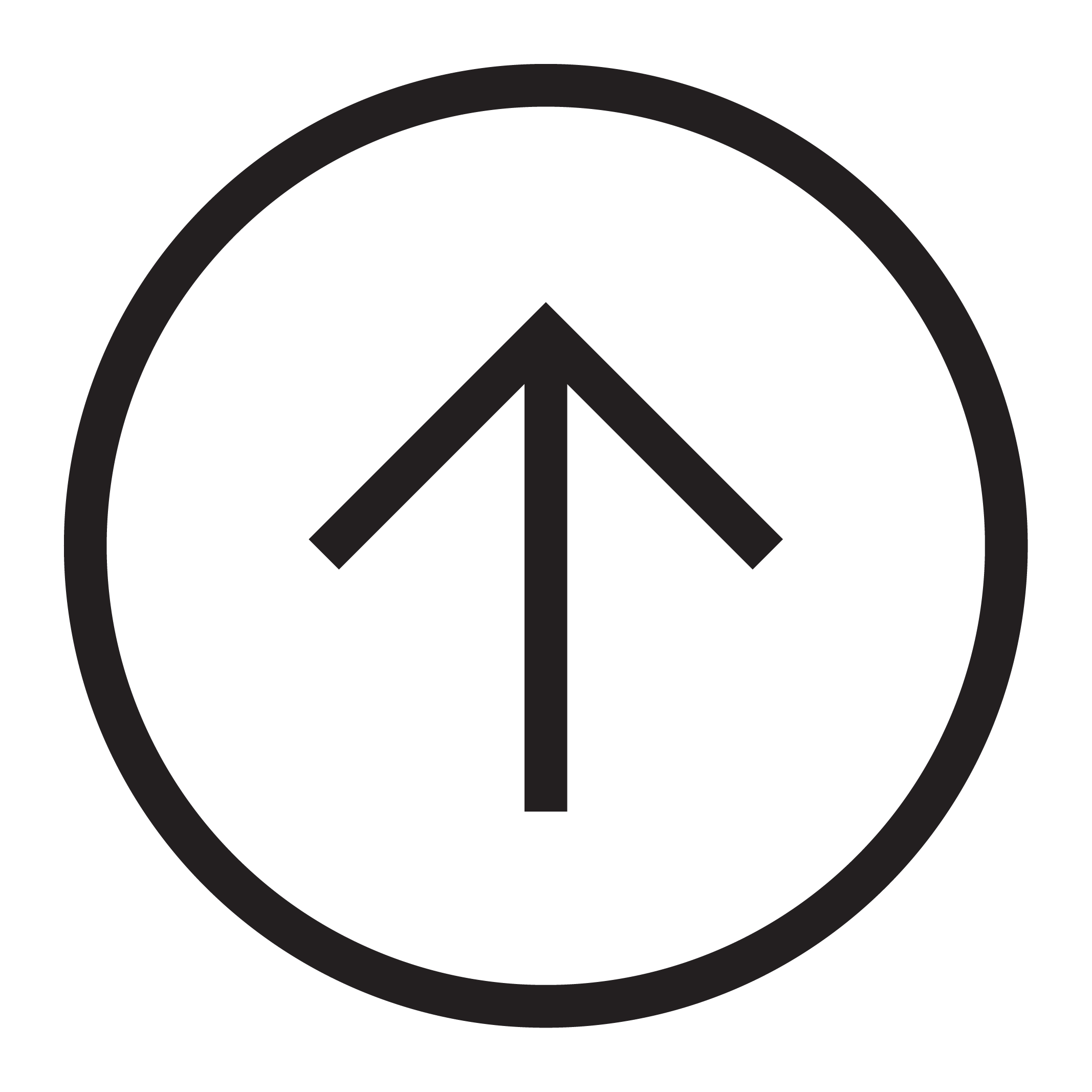Love your teeth, save your smile
A great smile starts with a healthy set of teeth, so it’s smart to take good care of them. But what exactly does that involve? There’s more to dental health than meets the eye.
Once you delve into the topic it can all get a bit confusing. Here are some of the questions we get asked: Which brush is best? How much toothpaste should I use? And do I really need to floss?
Read on to find the answers… but first, why do we need to clean our teeth?
There’s stuff living in your mouth.
It sounds gross but it’s totally normal. Your mouth contains an extraordinary number of bacteria that accumulate on your tooth surfaces as dental plaque – otherwise known as the sticky, white substance that gives your teeth that ‘furry feeling.’ They also accumulate on the soft tissue of your mouth – your cheeks, tongue and gums.
Not all mouth bacteria cause problems – but some will, given the right conditions. For example, the acid-producing bacteria that make a home in dental plaque will consume the sugars you eat and drink and produce acid as a by-product. This will cause the mineral in your teeth to dissolve and may eventually result in cavities.
Plaque bacteria can also cause periodontal (gum) disease, which is an inflammatory disease of the tissues that surround and support the teeth. In its most severe form, gum disease can result in tooth loss.
The longer plaque sits on your teeth and around your gums, the more damage it does. That’s why we recommend cleaning your teeth and gums every 12 hours (i.e. morning and night), to reduce the potential effects of plaque.
We recommend always using a toothpaste that contains at least 1,000 parts per million (ppm) of fluoride in it, no matter what age you are. This will help strengthen and protect your teeth from mineral loss. We’ll cover this in more depth in a future blog post.
Which brush should I use?
There are two things to consider here – size and softness.
If the head of the toothbrush is too large it can be difficult to clean all of your teeth well. And anything other than soft or extra-soft bristles may cause damage to the teeth and gums over time.
So make sure you choose a toothbrush that has a compact head with soft or extra-soft bristles. You can use either a manual or electric toothbrush, but look for one with these key features.
Make sure you replace your toothbrush or electric toothbrush head approximately every three to four months, or whenever you see the bristles are showing damage. And remember that no matter which toothbrush you use, your technique is very important.
Manual toothbrush technique
Starting in one corner of your mouth, slowly make your way around your teeth using a gentle circular motion. The bristles should be cleaning your tooth surfaces and your gums. Clean the outside surfaces, biting surfaces and inside surfaces of your teeth. Be sure to reach around the gum margins of your back teeth. It should take around two to three minutes to do a complete job.
If you find it difficult to clean around the gums using this method, you can use a gentle flicking motion from the gum to the tooth instead.
Electric toothbrush technique
Hold the brush at a 45-degree angle facing away from the gums, towards the tips of the teeth. Clean the teeth and gums as described above. You don’t need to push the toothbrush hard against your teeth – just gently hold it to allow the machine to do the work for you.
How much toothpaste should I use?
For those six years of age and above, use a pea-sized amount of toothpaste. For children younger than six, use only a ‘smear’ of toothpaste. In all cases choose a brand containing at least 1,000 ppm fluoride.
That covers most of the basics. In our next post we’ll tackle the topic of flossing – why you need to do it, and how to do it effectively.
Add flossing to your dental hygiene repertoire and you could boast a stunning smile – for life.





